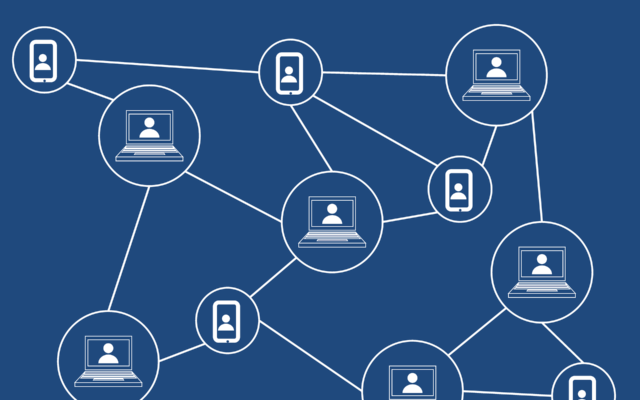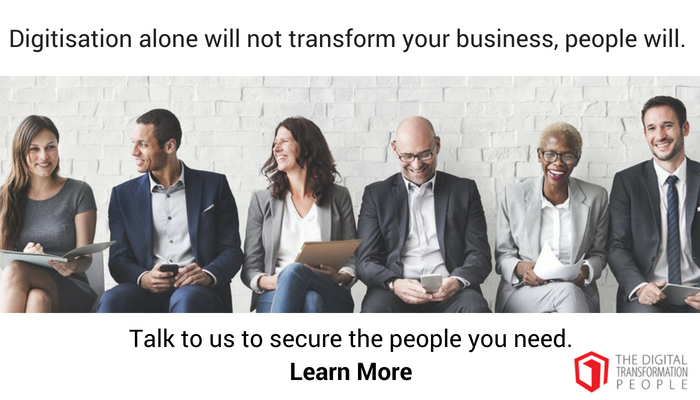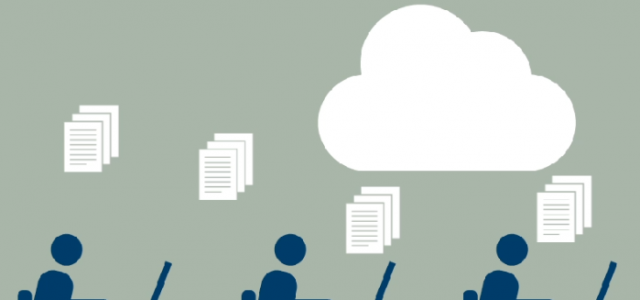Omnichannel approach appeared in retail in the early 2010s. Since then, it’s been making its way into industries like telecommunications, media, and retail banking.
With omnichannel banking, financial institutions can cut costs through process automation and boost revenues thanks to superior customer experiences.
All at the same time.
Does that sound like a fairytale? Well, let’s check out some omnichannel banking examples to see how it works.
1. The meaning of omnichannel banking
To put it simply:
Omnichannel is about making the same set of services available to customers across all channels, both digital and offline.
Clients can perform the same banking operations, whether they use a website, a mobile app, a call center, a bank’s branch, or any other available channels.
But there’s more to it.
True omnichannel banking platform also allows real-time data synchronization between different channels. For instance, customers can start the onboarding process with one channel and finish it with another without the need to provide the same data over and over again.
We’ll have a look at a detailed example later in this post.
Additionally, omnichannel banking has many implications for back-office operations. Such platforms can improve marketing performance, simplify onboarding processes, boost customer retention rates, and much more.
2. Why use omnichannel in retail banking?
Various studies show digital channels gain in significance every year, but nearly 50% of customers want to have branch services as well.

This means that superior customer service is about delivering the same quality of service across all channels, both online and offline.
Does that sound familiar?
This is precisely the definition of omnichannel banking.
3. Omnichannel banking examples
We’ve already seen that an omnichannel approach helps banks improve customer experience, reduce operational costs, and attract new customers.
Let’s check some omnichannel banking benefits with real-life examples. We’ll see how this approach plays out at different stages of the customer lifecycle.
3.1 Example in Onboarding
Omnichannel makes onboarding process painless for the customer and facilitates laser-thin marketing activities. Here’s how it works:
- Amy sees a Facebook ad that promotes credit cards at Alligator Bank (the name is fictional). She is interested and proceeds to the bank’s website. Amy starts her online application directly from the smartphone (yes, customers want full-cycle online onboarding).
- Thanks to Google, most of the fields in the application form are filled in automatically with just a few taps. Amy types in any missing information.
- In the process, she provides her contact details, but then has second thoughts and decides to terminate the application.
- The system created a temporary profile for Amy that is already stored within the omnichannel platform.
- Two days later, Amy makes up her mind and arrives at the bank’s branch to apply for the credit card again. The manager at the bank starts by asking Amy’s phone number.
- This number matches a temporary profile that was created two days ago. Amy has already provided all the information online, so it takes only a few minutes and a couple of signatures to finish the application.
- The Bank will send her a new card via post. The expected delivery time is two business days, and Amy has the order number to track the delivery.
- In fact, Amy could have completed her registration online using a digital signature. With omnichannel, the result would be the same across all touchpoints including the bank’s website, branches, and mobile application.
- In case Amy didn’t return to finish her application in three days, the omnichannel banking platform sends an automatic notification to a responsible manager. The manager can approach Amy again: online, by phone, or via a messaging app.
- That last stage can be further robotized with automated emails, messenger bots, etc.

3.2 Example in Operations
Omnichannel banking platform improves customer service in three ways:
Digital-first approach. Customers can perform all transactions via mobile and web applications. They can send money, write checks, apply for loans, and order credit cards with the banking apps. This is a cornerstone feature of any omnichannel banking platform.
Customer support on any device. Customers want to raise and solve any service-related issues via their devices. Omnichannel banking platform integrates customer support center, chatbot in the mobile app, video tellers, and other communication channels to meet these expectations.
Real-time data synchronization. Once bank clients started to perform a transaction or raised an issue, they don’t have to repeat or re-enter the same data again. Even if they switch communication channel in the process.
Here’s how omnichannel banking platforms helps to improve daily banking operations:
- Amy wants to increase the daily online spending limit on her card. She opens the Alligator bank’s app, taps “Online support”, and types in her question.
- A chatbot uses its NLP algorithms to identify Amy’s question. As the request is fairly simple, it sends Amy thorough instructions on how she can change the online spending limit via the app. Most bank customers ask nearly identical questions, so chatbots can solve these issues with zero or very little human interaction.
- If the bot doesn’t have a ready answer, it can at least extract keywords from the request to categorize the question for the customer support team.
- As Amy taps “Talk to a branch manager”, a human bank’s representative takes over the online conversation.
- Chatbot has already categorized the question, so the customer support manager has some basic information about Amy’s issue. There is no need for a client to repeat it again.
- After a quick chat with the customer support, Amy decides she still needs a live consultation with a banking manager.
- All the data about Amy’s request is automatically synced via the banking platform. When 30 minutes later Amy comes to the office, branch employees already know she has an open issue and the can resolve the problem in a matter of minutes.
3.3 Example in Marketing and sales
A sophisticated omnichannel banking platform allows engaging existing clients in repeat sales without annoying them.Here are some examples of how omnichannel banking platform can analyze data to boost marketing and sales:

3.3.1 Analyze purchases
The system analyzes customer credit card purchases and discovers certain buying patterns. It can then automatically generate offers, discounts, and rebates for certain stores or product categories.
This way, customers get incentives to pay with their credit cards more often when they shop for particular product categories or buy from particular stores.
3.3.2 Analyze app’s location data
A bank can use location data of its mobile app to forecast future spending of its clients. For instance, when a user visits certain location, e.g. a car dealership, the platform sends notification to bank’s managers and/or automatically emails relevant promotions to the client. In this case, a car financing offer.
4. Key benefits and challenges
Here are some of the the key benefits of the omnichannel banking:

4.1 Benefits
- Digital operations. As digital-first approach becomes a necessity, omnichannel banking gives customers the much-sought digital services.
- Better communication. Omnichannel allows keeping track of all touchpoints with customers and potential clients though different communication channels.
- New revenue streams. Features like online onboarding, delicate marketing, and sophisticated data analytics allow reaching customers that would otherwise land at different banks.
- Lower costs. Omnichannel platform takes over some routine tasks reducing operational costs and freeing bank employees for other value-generating activities.
- Digital security. Omnichannel banking is about multi-factor authentication. There are many security tools available, such as passwords, sms verification, mobile app verification, Google Authenticator, and more. A combination of these tools makes digital banking convenient and effective while keeping users’ data safe.
4.2 Challenges
If omnichannel banking is that great, why are banks so reluctant to use it?

A shift from a legacy software architecture to an omnichannel digital ecosystem is an extremely challenging process. It takes all of the following:
- A sizable investment into a new platform. In this post, I’ve mentioned how banks can break down this big transition into meaningful stages. Still, omnichannel digital platform is going to be costly.
- A complete technological redesign. Implementing an omnichannel banking platform is a real technological challenge.
- Truly tectonic shifts in corporate culture. Banks can use the FIX framework of digital transformation to manage this change.
In the next article, we shall examine what it takes for a bank to switch to omnichannel and also we’ll dig deeper into the technological side of this transformation. Subscribe to get the latest updates.
In spite of all these challenges, waiting strategy can prove to be even more costly for the banks. The technology is already an integral part of our daily lives, so it seem traditional banking models are not going to last. Or is that just a marketing hype?
Do you think omnichannel will shape the future of banking?
Article by channel:
Everything you need to know about Digital Transformation
The best articles, news and events direct to your inbox
Read more articles tagged: Featured, Omnichannel









